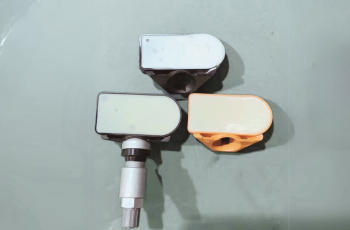Tire pressure sensor adhesive solution: PUR 1680, firmly bonded!
1、 What is a tire pressure sensor? What are the key requirements for adhesives?Tire pressure sensor (TPMS) is an indispensable safety component in modern automobiles, mainly installed at the wheels or valves, used to monitor the internal pressure and temperature of the tires in real time, and transmit data to the vehicle control system to prevent tire blowouts or abnormal air pressure. PUR 1680 tire pressure sensor encapsulationDue to its extremely harsh working environment (such as high-frequency vibration, high and low temperature cycles, humidity and heat, oil stains, and long-term use), strict requirements have been put forward for the selection of internal and external adhesives:Adhesives need to have the following key properties:✅ Strong adhesive force: can firmly bond different substrates such as metal, ceramic, plastic, etc✅ High and low temperature resistance: Long term stability from -40 ℃ to 125 ℃, with some applications requiring up to 150 ℃✅ Salt spray and humid heat resistance: does not fail or corrode sensor materials in outdoor environments✅ Flexible cushioning: resist stress changes caused by tire vibration and thermal shock✅ Excellent oil resistance: resistant to oil, water, or hydrocarbons that may come into contact with the interior of the tire2、 Recommended solution: Hot melt reactive polyurethane adhesive (PUR 1680)🔹 Product Name: PUR 1680PUR 1680 A/B two-component polyurethane sealant, used for two-component sealing and filling. The raw materials are free of heavy metals, environmentally friendly, and have a wide range of process operability. The finished product has high physical properties and good adhesion to the substrate. It can be cured at room temperature or by heating, and can be deeply cured. The two-component mixture has good fluidity and excellent flexibility after curing. It is used for casting and sealing of communication equipment, transformers, control power supplies, ignition controllers, electronic sensors, etc.Low viscosity, strong operabilityExcellent low-temperature…


